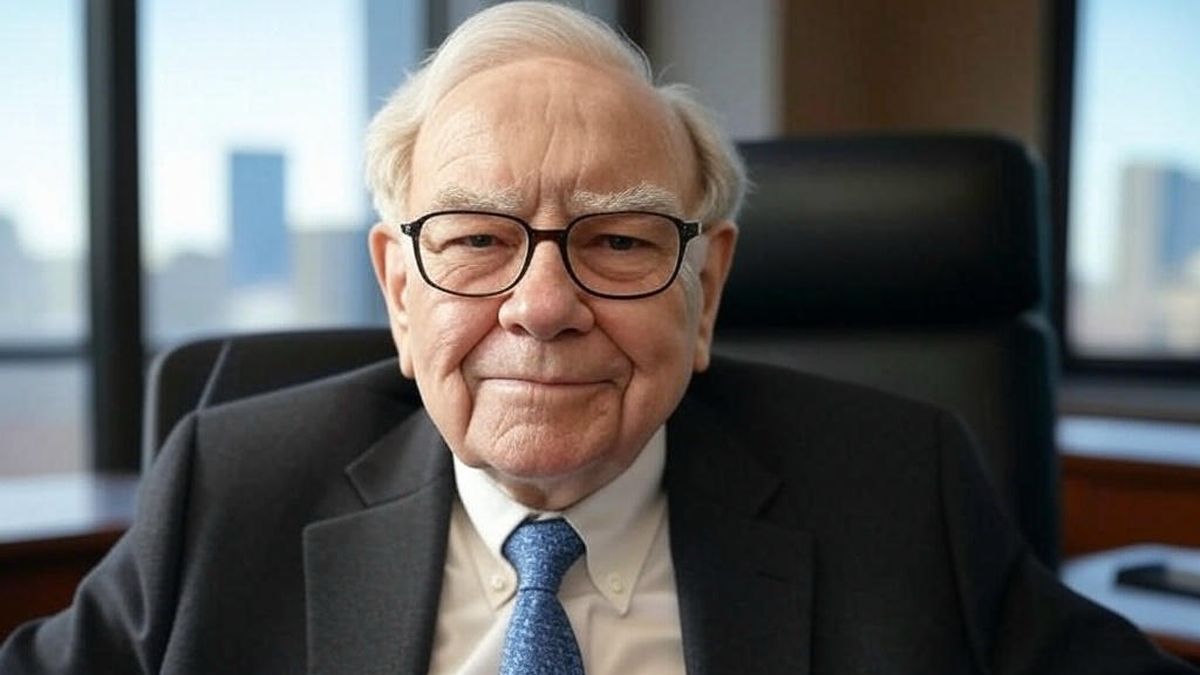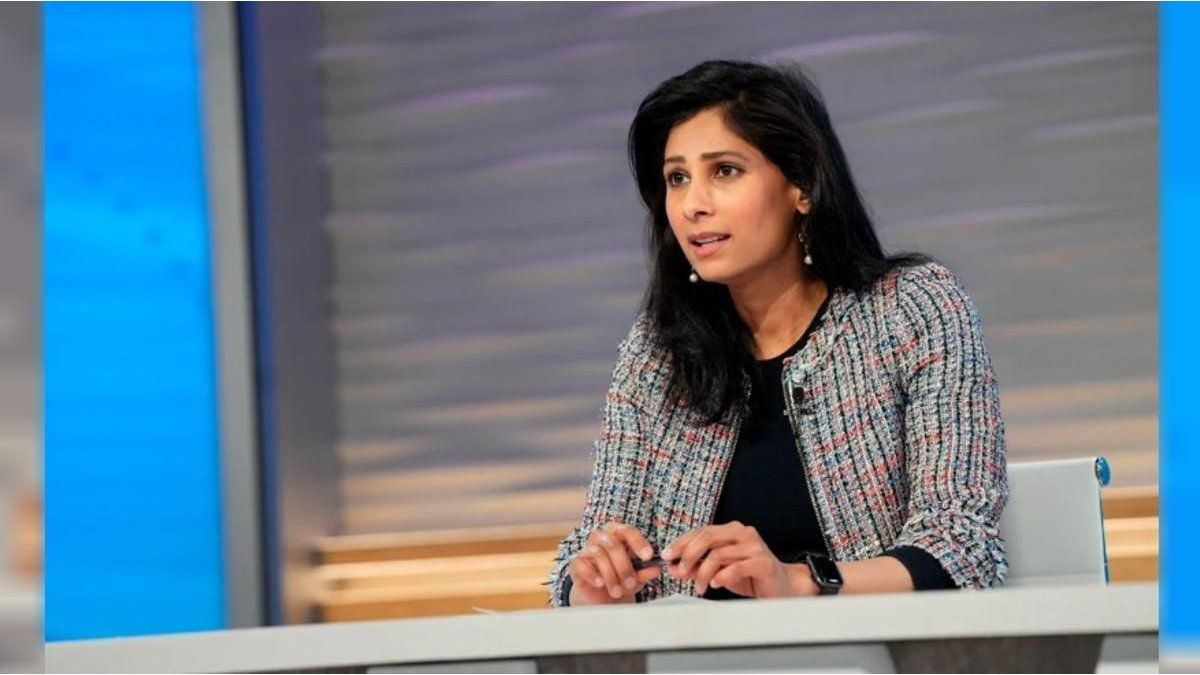In the US, streaming consumption rose to 34.8%, driven by “Stranger Things” and “The Umbrella Academy” on Netflix, or “The Boys” on Amazon Prime Video, against 21.6 for linear TV. In Argentina the percentage is reversed, with 33% for TV against 23% for streaming. And news channels continue to lead, with 8 stations broadcasting 24 hours of information, which is a world record.
Until now, Kantar Ibope measures streaming video content through its Social Media Intelligence tool and classifies all mentions and comments about the series and movies available in the catalogs using artificial intelligence. At the end of the year it will broadcast the most viewed platforms thanks to new measurement systems and next year it will reach the most viewed streaming content.
The most mentioned contents on networks were Pluto TV’s “MTV Music Awards”; “Santa Evita” by Star Plus; Netflix’s “Stranger Things”; “Ms. Marvel” from Disney Plus; Prime Video’s “The Boys”; Netflix’s “Better Call Saul” and HBO Max’s “The Batman,” among others. The only one in the top 15 of Paramount Plus is the venue “El Primero de Nosotros”, which was also seen on Telefé. We dialogue with Ariel Hajmin, CEO of Ibope for Argentina Y Uruguay.
Journalist: How have measurement systems evolved in recent years?
Ariel Hajmin: From the old telephone calls or people meters, we went on to measure video, because we not only measure historical linear TV, but today TV is much more, it covers the media arc of networks and platforms. Until now we can measure what share and percentage of streaming is consumed in relation to other modalities, but only for the last semester will we have developed the measurement system that provides us with specific data from particular platforms such as Netflix, HBO Max or Paramount Plus among others.
P.: Those specific data must be the most required.
AH: Yes, we will be in a first phase reporting platforms, the current data of how much what is called in the industry “other video content” and that is where streaming comes in. Of course, what is most sought to know is the specific consumption of each platform, that will come in a second phase.
Q.: Is it still measured with people meters?
AH: Today’s measurement is still electronic but very different from people meters. It is an evolution called Focal Meter that we are installing in Buenos Aires and we call panels 2.0, which we will launch next year and at the end of this year some preliminaries. The equipment is like a router with antennas and connects mobile, PC, Tablet, and in this way tracks all the content of home platforms, OTTs and different devices. This completes the audiovisual media consumption ecosystem.
Q.: What conclusions do you draw from the latest ranking of the most viewed content?
AH: In the first place, a year ago the 15 were dominated by Netflix, today it has diversified and is made up of nine platforms from different companies. Second, they think not only about what is consumed but also about what is generated, and that is where alliances between more established players or very strong brands in the linear world come in with streaming platforms that also launch their content strategies. They complement each other between the different windows to transmit the content in the adapted versions that best fit them, be they OTT, live, deferred or streaming.
Q.: Yesterday it was known that Americans watched more content through streaming than on cable television in July, a milestone for TV.
AH: In Argentina the proportion is one hour of average streaming consumption against 3 hours of traditional TV, the proportion in Latin America and Argentina is still very strong. Of course there is an upward curve in favor of streaming, global platforms arrive, they open offices here, but consumption is still far from traditional TV. In this way, the market is also opened to show the locality, also considered as a strategy. What I don’t see is that super classic of Pay per view vs. Open TV that existed 20 years ago, there is no polarization, there is complementarity. Little by little all the signals migrate to other formats. Another feature is the need for alliances between partners to generate content, in addition to using linear TV for promotion, a clear strategy for all and the way in which the platforms find to empower themselves. This speaks of the long life of local content, because in addition to technology, we must think about habits, content that speaks the same language and culture.
Q.: Are local news channels still pioneers?
AH: Yes, the number of channels dedicated 7X24 to news is also a record, we have between 7 and 8 among those led by C5N, TN and La Nación. We outnumber Brazil or Europe, and those of sports, except in key months for soccer. The news category is very strong, more so in certain times of ample capacity of this country to generate news.
Q.: What are the percentages in the share according to category?
AH: 33% of the total air is linear TV and 23% streaming. 16% of the share in June was news, 16% international signals and 6% sports. This happened in July, of strong political and economic news. Another interesting fact is the growth in the consumption of deferred TV or catch up. Two years ago only 0.1% of the public watched time-shifted programs, today that grew tenfold to a timid 1%, but it is increasing.
Source: Ambito
David William is a talented author who has made a name for himself in the world of writing. He is a professional author who writes on a wide range of topics, from general interest to opinion news. David is currently working as a writer at 24 hours worlds where he brings his unique perspective and in-depth research to his articles, making them both informative and engaging.




